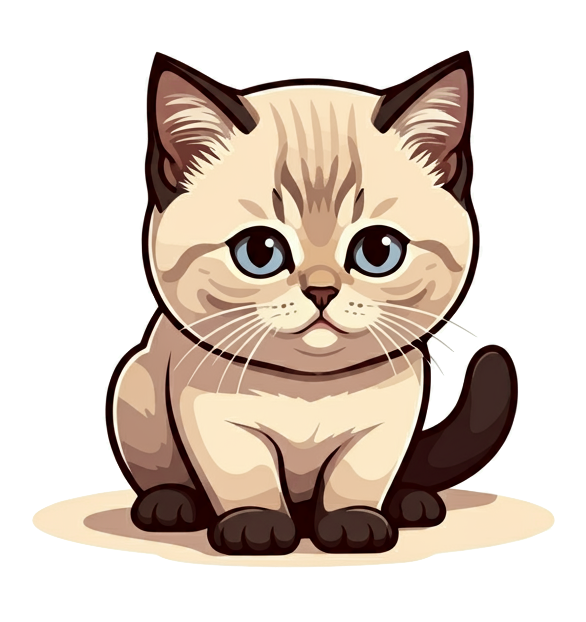 KITTEN: A Knowledge-Intensive Evaluation of
KITTEN: A Knowledge-Intensive Evaluation of
Recent advancements in text-to-image generation have significantly enhanced the quality of synthesized images. Despite this progress, evaluations predominantly focus on aesthetic appeal or alignment with text prompts. Consequently, there is limited understanding of whether these models can accurately represent a wide variety of realistic visual entities — a task requiring real-world knowledge. To address this gap, we propose a benchmark focused on evaluating Knowledge-InTensive image generaTion on real-world ENtities (i.e., KITTEN). Using KITTEN, we conduct a systematic study on the fidelity of entities in text-to-image generation models, focusing on their ability to generate a wide range of real-world visual entities, such as landmark buildings, aircraft, plants, and animals. We evaluate the latest text-to-image models and retrieval-augmented customization models using both automatic metrics and carefully designed human evaluations, with an emphasis on the fidelity of entities in the generated images. Our findings reveal that even the most advanced text-to-image models often fail to generate entities with accurate visual details. Although retrieval-augmented models can enhance the fidelity of entities by incorporating reference images during testing, they often over-rely on these references and struggle to produce novel configurations of the entity as requested in creative text prompts.







@article{huang2024kitten,
title={KITTEN: A Knowledge-Intensive Evaluation of Image Generation on Visual Entities},
author={Huang, Hsin-Ping and Wang, Xinyi and Bitton, Yonatan and Taitelbaum, Hagai and
Tomar, Gaurav Singh and Chang, Ming-Wei and Jia, Xuhui and Chan, Kelvin C.K. and
Hu, Hexiang and Su, Yu-Chuan and Yang, Ming-Hsuan},
journal={arXiv preprint arXiv:2410.11824},
year={2024},
}